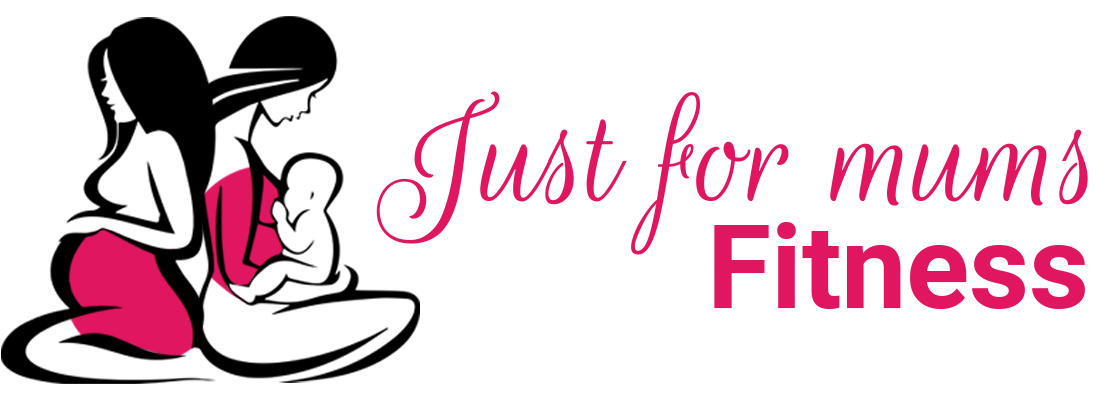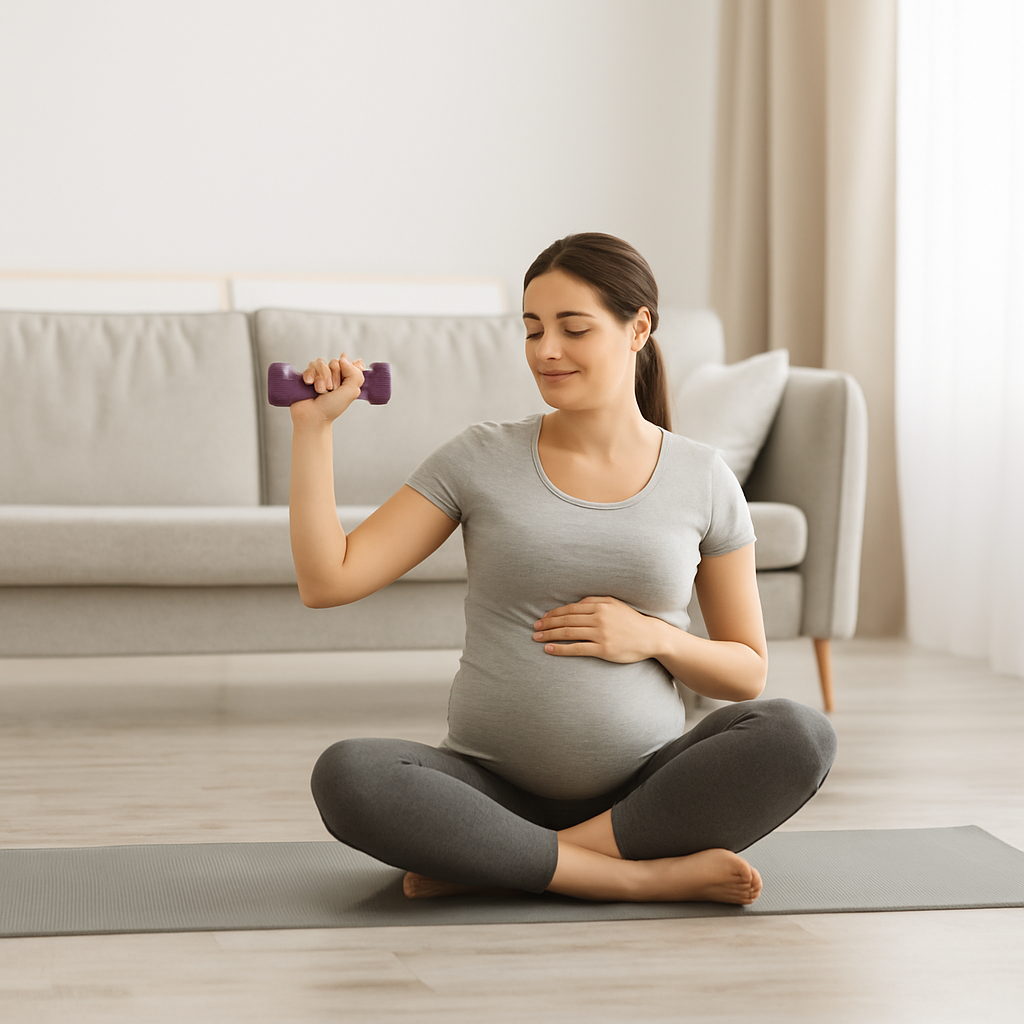Movement as Your Birthing Ally
Labour is one of the most physical, intense, and transformative experiences your body will ever go through. While every birth is unique, one thing remains true: being familiar with how your body moves, breathes, and responds can make a big difference in how you experience labour.
At Just for Mums, we believe in preparing for birth the same way you’d prepare for a big event—through gentle, intentional practice. Movement isn’t about controlling how your labour will go, but about giving you tools to feel more empowered, calm, and ready for the unknown.
1. Breathwork: Your Anchor in Labour
One of the most powerful tools during labour is your breath. We teach the Connection Breath and other breathing techniques that help you:
- Stay grounded during contractions
- Manage discomfort with calm exhalations
- Support your pelvic floor as you push
Trainer Tip:
“We often say to mums: your breath is your best birth partner. It helps your body stay soft, open, and responsive—even in the intensity of labour.” – Lydia, Head Coach at Just for Mums
Practice daily breathwork from the second trimester onwards, especially while in various postures like squats or stretches.
2. Squatting: A Powerful, Practical Position
Squats strengthen your legs, open the pelvis, and mimic one of the most instinctive birthing positions. Practicing squats during pregnancy can:
- Increase pelvic mobility
- Build stamina for labour
- Improve baby’s positioning in late pregnancy
Use props like a yoga block or wall for support if needed, and combine with breathwork for best results.
3. Mobility for Pelvic Freedom and Flow
Tight hips and a stiff spine can restrict baby’s descent and limit your birthing options. Our pregnancy workouts include gentle mobility work to:
- Keep your pelvis moving freely
- Relieve lower back and sciatic pain
- Make transitions between birth positions easier
Movements like cat-cow, pelvic tilts, and seated figure-4 stretches can be incorporated into your daily routine.
4. Active Birth Positions to Practice Now
Birth doesn’t have to happen flat on your back. In fact, upright and active positions can:
- Reduce labour time
- Lessen the need for interventions
- Harness gravity to support baby’s descent
We teach mums to explore and get comfortable with:
- Supported squats
- Hands-and-knees
- Kneeling over a ball or couch
- Side-lying with pillows
Trainer Quote:
“Getting familiar with these positions ahead of time means you’re not guessing during labour—you already know what feels right in your body.”
Gentle Practice, Strong Impact
Preparing for labour isn’t about intensity—it’s about intention. Whether you’re 24 weeks or 39 weeks, simple daily movement can:
- Increase your confidence
- Reduce fear and tension
- Help your birth partner support you better
Even 10 minutes a day makes a difference.
Movement is one of the most supportive things you can offer yourself in pregnancy and birth. To explore more ways to move through your pregnancy with confidence, visit our comprehensive Fitness During Pregnancy – A Supportive Guide for Mums-to-Be.
Want more hands-on guidance? Our trimester-based Pregnancy Programmes teach all of these strategies and more, with personalised coaching in-person at Glenfield or online at home.



